The New York City Department of Environmental Protection (DEP) today launched the 2016 Hydrant Education Action Team (HEAT) program, a fire hydrant abuse prevention campaign that deploys teams of teens hired through the Department of Youth and Community Development’s (DCYD) Summer Youth Employment Program to inform New Yorkers about the dangers of illegally opening fire hydrants. Illegally opened fire hydrants can release more than 1,000 gallons of water per minute and reduce water pressure in neighborhoods, making it difficult to fight fires while lowering water pressure in nearby buildings. Hydrants can be opened legally if equipped with a City-approved spray cap, which release only 20 to 25 gallons per minute, ensuring adequate water pressure and reducing the risk of a child being knocked over and injured by the force of the water. Spray caps can be obtained by an adult 18 or over, free of charge, at local firehouses. New Yorkers are urged to report illegally opened fire hydrants to 311 immediately. Opening a hydrant illegally can result in fines of up to $1,000, imprisonment for up to 30 days, or both.
“An illegally opened fire hydrant is extremely wasteful and dangerous,” said DEP Acting Commissioner Vincent Sapienza. “For nearly a decade, the young leaders participating in the HEAT program have helped us remind New Yorkers that the safe and legal way to open hydrants is by visiting a local firehouse and requesting a City-approved spray cap.”
“The HEAT Program empowers participants in our Summer Youth Employment Program to become important advocates in their community by educating their neighbors on the environmental and safety hazards of fire hydrant misuse,” said DYCD Commissioner Bill Chong. “During the hottest days of summer everyone looks for ways to cool off and I am glad our youth is taking on a leadership role in spreading a very important message and developing essential professional skills that will help them throughout the summer, during the school year, and into their adult lives.”
“The South Bronx Overall Economic Development Corporation has collaborated with DEP for several years on this important HEAT project,” said Senior Director of Operations Vicki Hirschfeld. “Through this endeavor, youth learn community and environmental advocacy. But, most importantly they begin to understand the true concept of community.”
The HEAT program is run in partnership with the South Bronx Overall Economic Development Corporation (SoBRO) and deploys four teams of 10 -12 young adults who distribute literature, posters, and other informational materials about fire hydrant safety at community events, parades, greenmarkets, churches, and libraries. The outreach campaign focuses on neighborhoods in northern Manhattan and the south Bronx that have historically seen high rates of unauthorized fire hydrant use during heat waves. In addition to literature, the teams will distribute reusable water bottles and other souvenirs that promote the safe operation of fire hydrants.
SoBro, a not-for-profit community development corporation, has been serving the South Bronx since 1972. SoBro’s programs include adult education and workforce training, real estate and community development, technical and financial assistance for businesses, and an array of programs for youth. For additional information about SoBro, visit sobro.org.
DYCD supports New York City’s afterschool and youth workforce development programs throughout the five boroughs. The agency also oversees funding for anti-poverty programs, such as adult literacy and immigrant services. For more information, please go to nyc.gov/dycd or follow DYCD on Facebook and Twitter.
DEP manages New York City’s water supply, providing approximately 1 billion gallons of water each day to more than 9 million residents, including 8.5 million in New York City. The water is delivered from a watershed that extends more than 125 miles from the city, comprising 19 reservoirs and three controlled lakes. Approximately 7,000 miles of water mains, tunnels and aqueducts bring water to homes and businesses throughout the five boroughs, and 7,500 miles of sewer lines and 96 pump stations take wastewater to 14 in-city treatment plants. In addition, DEP has a robust capital program, with nearly $14 billion in investments planned over the next 10 years that will create up to 3,000 construction-related jobs per year. This capital program is responsible for critical projects like City Water Tunnel No. 3; the Staten Island Bluebelt program, an ecologically sound and cost-effective stormwater management system; the city’s Watershed Protection Program, which protects sensitive lands upstate near the city’s reservoirs in order to maintain their high water quality; and the installation of more than 820,000 Automated Meter Reading devices, which will allow customers to track their daily water use, more easily manage their accounts and be alerted to potential leaks on their properties. For more information, visit nyc.gov/dep, like us on Facebook at facebook.com/nycwater, or follow us on Twitter at twitter.com/nycwater.

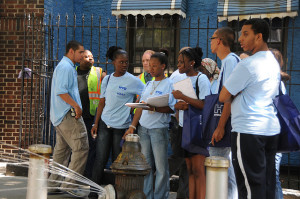
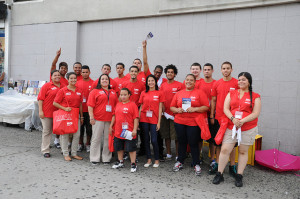
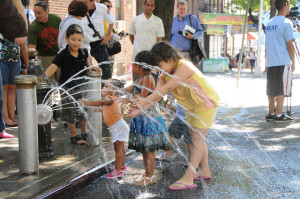
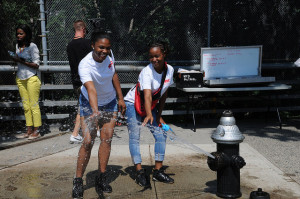
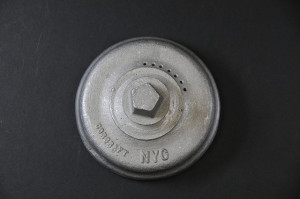
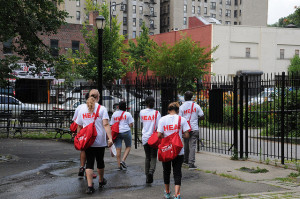
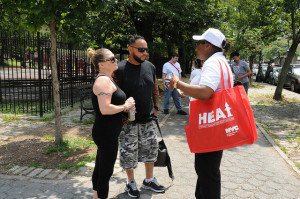
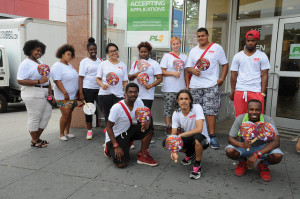












Follow Us